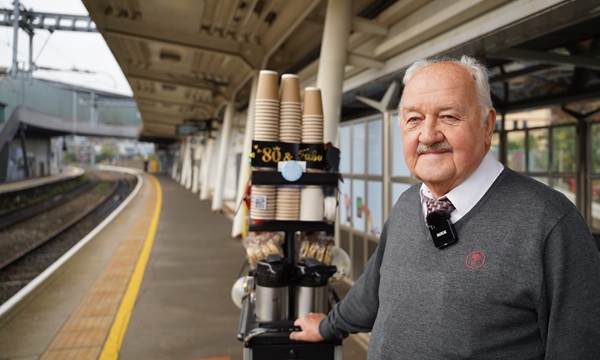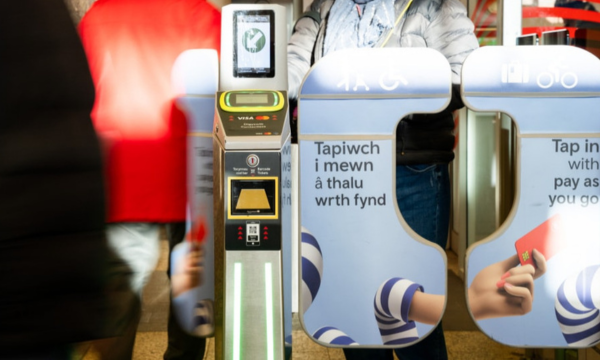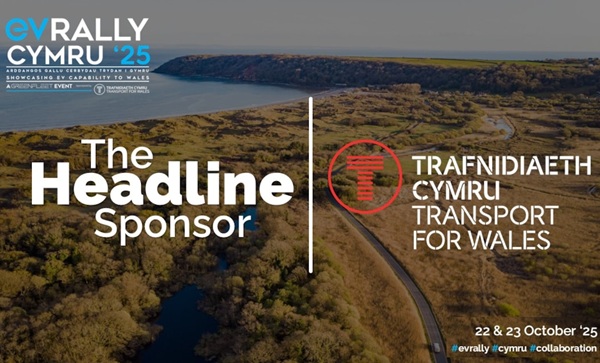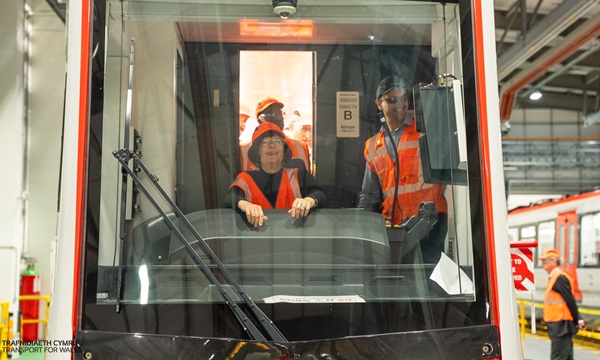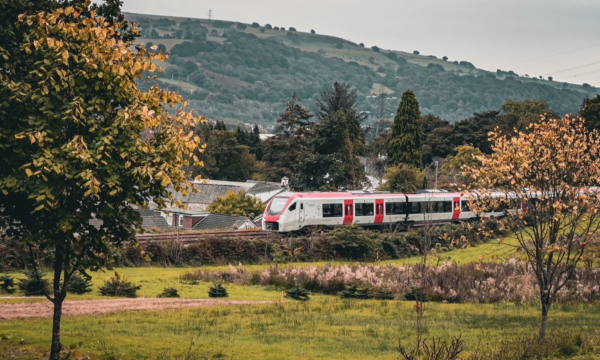
Transport for Wales (TfW) and Network Rail are working together to keep people moving this autumn and winter.
Cold, wet weather and autumnal conditions can have a direct impact on rail infrastructure and train services, the organisations said.
The rail industry in Wales has invested and worked in partnership to prepare for challenges ahead, said TfW.
Network Rail is carrying out an extensive vegetation management programme that involves regular trackside clearance, removing trees and vegetation.
Additionally, it will be using railhead treatment trains (RHTT) across the network to maximise adhesion between the train wheels and the steel rails.
These trains use high power water jetting to remove leaf contamination from the rails and, at targeted locations, a solution that can provide additional grip.
Rail head treatment will operate across 1,500 miles of track for 17-21 hours a day, six days a week between 1 October and 6 December.
Also, this year, new high-definition railhead cameras on trains are being used to proactively identify rail head contamination and carry out preventative treatment.
TfW is opening a new train wheel repairing facility in Holyhead this month which will speed up the train repair process and keep trains running.
Train wheels can become worn and uneven during winter months and the new wheel lathe will be able to reshape worn wheels to keep them safe and smooth for travel.
The Conwy Valley line has experienced more than 500 days of closure due to storm-related damage, making it one of the most affected routes on the Wales and Borders Network.
Transport for Wales and Network Rail have invested £1.4 million this year to prepare for the winter season including the clearing of trees and thick vegetation that pose a risk during bad weather.
Network Rail is trialing an innovative new solution for treating the rails on the Conwy Valley line this autumn. In collaboration with Interflon and Irish Rail, a UK first vehicle-borne applicator has been designed to allow the latest Interflon Leaf Guard product, to be applied to the rails, to break down leaf contamination, forming a protective barrier to keep the rails clean for longer.
Nick Millington, Wales and Borders Route Director said:
“Safety is our always our priority and our teams work tirelessly across 1,500 miles of track to keep passengers and freight running.
“As the impacts of climate change become more apparent, we're working harder than ever to protect the railway against extreme conditions, such as using our specialist trains to keep the tracks clear and safe, as well as working closely with Transport for Wales to make sure the network is ready, whatever the seasons bring.”
James Price, Transport for Wales CEO said:
“The changing weather presents the rail industry in the UK with many challenges and over the last few years we’ve seen this intensify over the autumn and winter seasons.
“We’re working in partnership with Network Rail to ensure that we’re well-prepared for the months ahead and our main priority is always safety.
“We want to keep people moving and rail services running across our network for the seasons ahead and continue to encourage people to use sustainable transport.”

